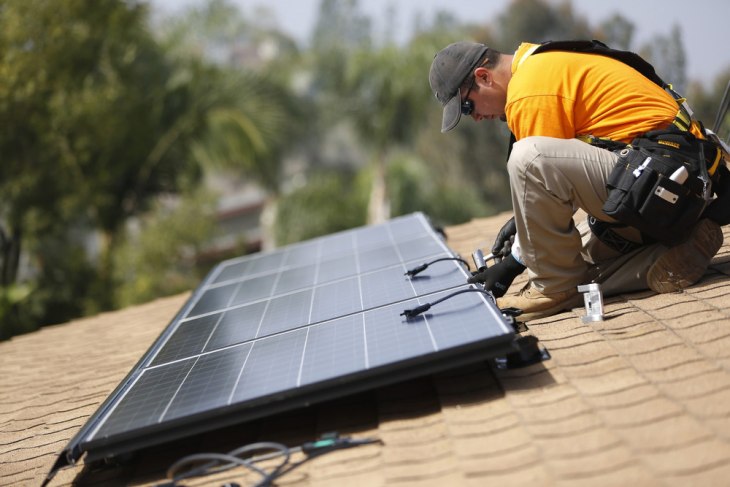While ten nukes were shut down or cancelled in 2013, solar power continues its compound-interest-curve ever-faster deployment. Zero (0) new nukes were built in 2013 and in October all new U.S. utility-scale power was solar. Unfortunately, the biggest of those was Southern Company’s Campo Verde, which powers California, not Georgia or the southeast, but that is changing now.
Todd Woody wrote for The Atlantic 26 November 2013, Solar Energy Was America’s Sole New Power Source in October: Get ready for a photovoltaic building boom.
In October, power plants generating 530 megawatts of electricity came online in the United States. And every single electron put on the grid came from the sun, according to a report released today.
That’s apparently not even counting rooftop solar.
The report is Solar the sole capacity completed in October, at 530 MW, by Althena Enguerra for SNL 25 November 2013. Continue reading








